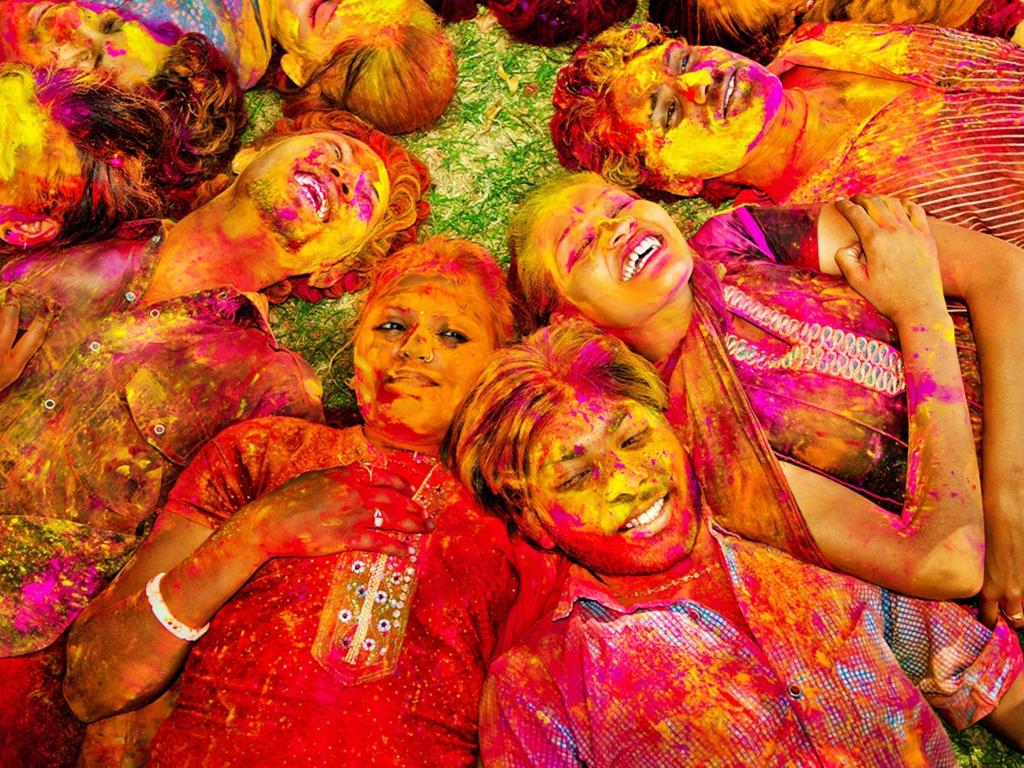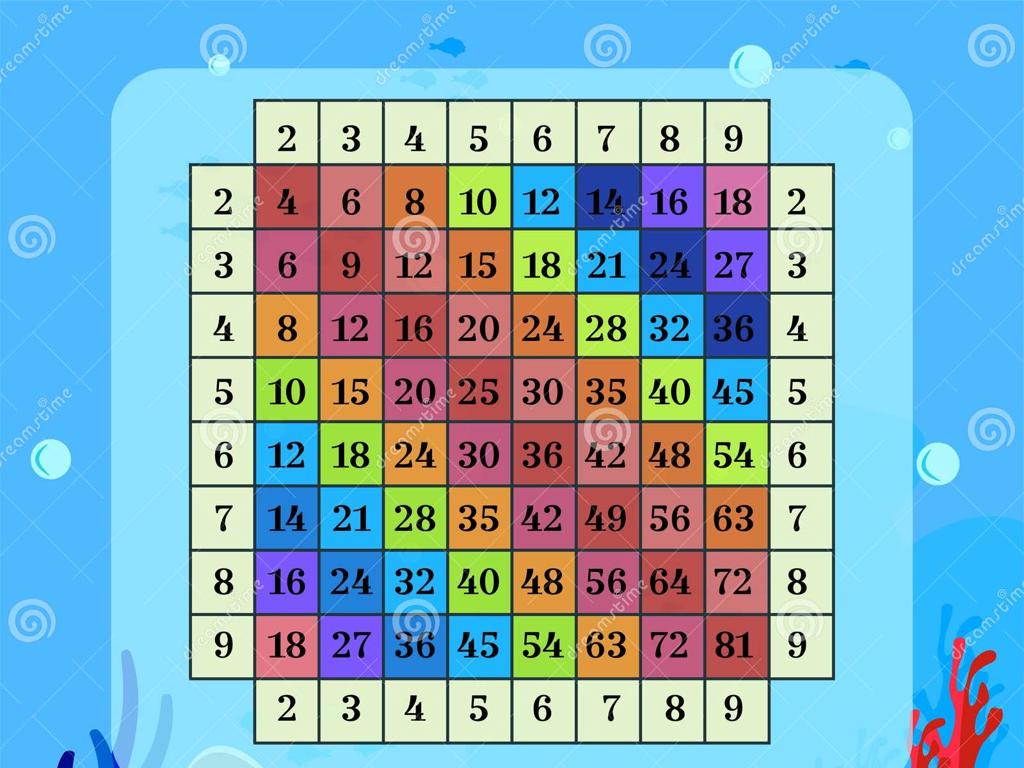Compare Different Animals' Life Cycles
Subject: Science
Grade: Second grade
Topic: Animals
Please LOG IN to download the presentation. Access is available to registered users only.
View More Content
Welcome to the Animal Kingdom!
– Today’s topic: Animal Growth
– Understanding Life Cycles
– How animals change from birth to adulthood
– Defining a life cycle
– A life cycle is the stages of growth and development an animal goes through
– Examples of life cycles
– Butterfly: egg, caterpillar, pupa, adult
|
This slide introduces second-grade students to the concept of life cycles within the animal kingdom. Begin by explaining that all animals, including humans, grow up in different ways, and this process is called a life cycle. Emphasize that a life cycle is a series of stages an animal goes through from the beginning of its life to its adult form, and eventually to the point where it can reproduce. Use the example of a butterfly to illustrate these stages, as it is a clear and relatable transformation from egg to caterpillar, then to pupa, and finally to an adult butterfly. Encourage students to think about other animals they know and how they might grow differently. This will set the foundation for further discussion and comparison of various animal life cycles.
Exploring Life Cycles in Animals
– What is a life cycle?
– A series of stages from start to end of life
– Each animal has a unique cycle
– Example: The butterfly
– Butterflies start as eggs, then caterpillar, pupa, and adult
– Stages from birth to adulthood
– Includes birth, growth, reproduction, and death
|
This slide introduces the concept of a life cycle, which is fundamental to understanding how animals grow and change over time. Emphasize that a life cycle includes all the stages an animal goes through from the beginning of its life until its death. Highlight that while all animals have life cycles, each species has a unique process. Use the butterfly as a relatable and visual example to illustrate the stages of a life cycle, from egg to caterpillar (larva), to pupa (chrysalis), and finally to an adult butterfly. Encourage students to think about other animals and their life cycles, and prepare to explore how different animals can have very different life cycles in upcoming lessons.
Butterfly Life Cycle Stages
– Stage 1: Egg
– A tiny egg is the start of a butterfly’s life.
– Stage 2: Caterpillar
– A caterpillar hatches from the egg and eats a lot!
– Stage 3: Chrysalis
– Inside the chrysalis, the caterpillar changes.
– Stage 4: Adult Butterfly
– Finally, a butterfly comes out of the chrysalis.
|
This slide introduces the stages of a butterfly’s life cycle to second-grade students. Begin with the egg stage, explaining that butterflies lay eggs on leaves. Move on to the caterpillar, or larva stage, where students learn that the caterpillar’s main job is to eat and grow. Then, discuss the chrysalis, or pupa stage, where the caterpillar transforms into a butterfly inside a protective casing. Conclude with the adult butterfly stage, where the butterfly emerges with wings ready to fly. Encourage students to think about how this cycle is similar to or different from other animals’ life cycles. Use pictures or props to visually demonstrate each stage for better understanding.
The Life Cycle of a Frog
– Frogs’ unique life cycle
– Stage 1: Egg – laid in water
– Frogs start life as eggs in ponds or lakes
– Stage 2: Tadpole – eggs hatch
– Tadpoles swim and breathe underwater
– Stage 3: Froglet – tadpoles grow legs
– Froglets have tiny legs, can hop
– Stage 4: Adult Frog – froglets mature
– Adult frogs can live on land and in water
|
This slide introduces the life cycle of a frog, which is a great example to help second-grade students understand the concept of life cycles in animals. Start by explaining that not all animals are born the way humans are, and frogs are an example of this. Describe each stage in detail: eggs are laid and fertilized in water, they hatch into tadpoles which are entirely aquatic, then tadpoles develop legs and lungs to become froglets, and finally, they lose their tails and become adult frogs capable of living on land. Use pictures or props if possible to visually demonstrate each stage. Encourage students to think about how this life cycle is different from other animals they know.
Chicken Life Cycle: From Egg to Hen
– Chickens begin as eggs
– Just like many animals, a chicken’s life starts in an egg.
– Embryo stage inside the egg
– Inside the egg, a tiny chick starts to form and grow.
– Hatchlings break free from eggs
– After enough time, the chick uses its egg tooth to crack the shell and hatch.
– Chicks grow into adult chickens
– Given proper care and time, the chick becomes a hen or rooster.
|
This slide introduces the life cycle of a chicken, which is a great example for students to understand the concept of life stages in animals. Start by discussing how the life of a chicken begins from an egg, just like many other animals. Explain the development of the chick as an embryo inside the egg, and how it gets nutrition from the yolk. Illustrate the hatching process, emphasizing the chick’s egg tooth, a special tool to break the shell. Finally, discuss the growth process from a hatchling to a fully grown adult chicken, covering the changes in feathers, size, and behavior. Encourage students to think about other animals that hatch from eggs and compare their life cycles with that of a chicken.
Comparing Animal Life Cycles
– Life cycles: similarities and differences
– Some animals change form, others just grow
– Like butterflies change a lot, but a dog just grows
– Animals that only grow bigger
– Example: A whale only grows in size from baby to adult
– Think of an example animal
|
This slide aims to introduce the concept of animal life cycles and how they can be compared. Start by discussing the concept of a life cycle and how all animals have one. Highlight that while some animals go through significant changes as they develop (metamorphosis), others simply grow in size. Use the example of a butterfly, which changes from a caterpillar to a butterfly, versus a dog, which looks similar from puppyhood to adulthood but just gets bigger. Ask the students to think of an animal that only grows bigger, like a whale, and encourage them to share their thoughts. This will help them understand the diversity in animal development and engage them in active learning.
Class Activity: Life Cycle Stages
– Match animals to life cycle stages
– Work in groups on a life cycle chart
– Use pictures and descriptions
– Include egg, larva, pupa, adult or birth, growth, reproduction, death
– Share your chart with the class
|
This activity is designed to help students understand the concept of life cycles by matching various animals to their respective stages of development. Divide the class into small groups and provide them with materials such as pictures of animals at different life stages, chart paper, and markers. Guide them to think about the stages each animal goes through, from birth to adulthood. Some animals, like butterflies, have distinct stages such as egg, larva, pupa, and adult, while others like mammals have stages like birth, growth, reproduction, and death. After the groups have created their charts, each group will present their findings to the class, explaining the life cycle of the animal they were assigned. This will reinforce their understanding and allow for peer learning. Possible animals to include are butterflies, frogs, chickens, and humans.
Conclusion: The Journey of Life Cycles
– Celebrating our learning journey
– Each life cycle is unique
– Think about a butterfly or a frog’s stages
– Homework: Draw an animal life cycle
– Choose your favorite animal and illustrate its stages from birth to adulthood
– Share your drawings next class!
– We’ll discuss everyone’s artwork and what we learned
|
As we wrap up our lesson on animal life cycles, it’s important to reinforce the concept that every animal goes through different stages in its life, and each species has a unique pattern. For homework, students are encouraged to draw the life cycle of their favorite animal, which will help solidify their understanding of the material covered. This activity also allows for creativity and personal connection to the subject matter. In the next class, we’ll have a gallery walk to appreciate the diversity of life cycles and to celebrate the students’ efforts and understanding. This will also serve as a review and reinforcement of the key concepts learned.






